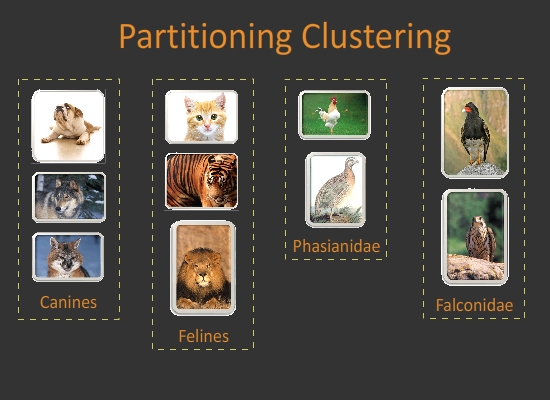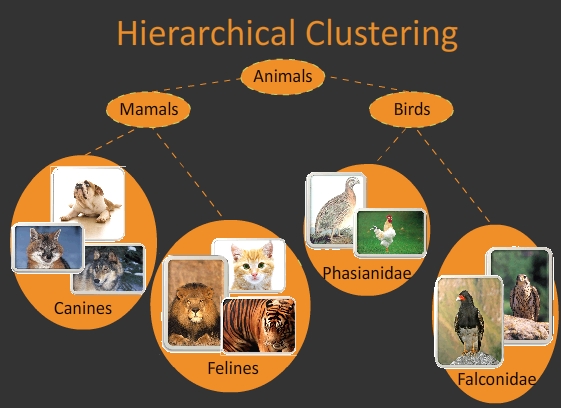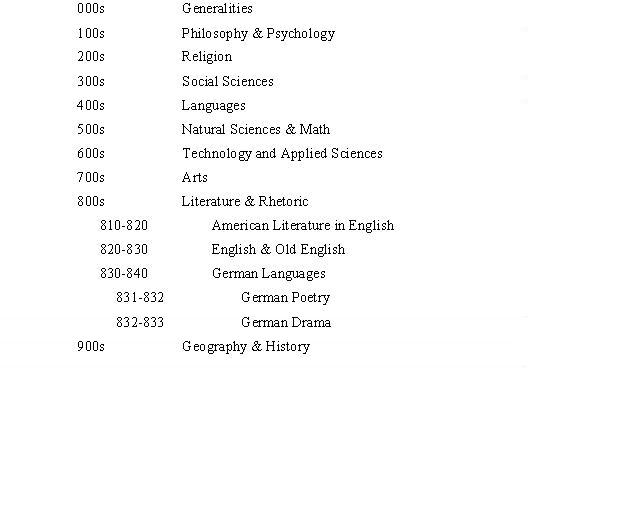Note: Most tree growing methods favor greatest impurity reduction near the root node.
Ex.
To assign category to a leaf node.
Easy!
If sample data is pure
-> assign this class to leaf.
else
-> assign the most frequent class.
Note: Problem of building decision tree is "ill-conditioned"
i.e. small variance in the training data can yield large variations in decision rules obtained.
Ex. p.405(D&H)
A small move of one sample data can change the decision rules a lot.
Reference about clustering
"Data clustering, a review," A.K. Jain, M.N. Murty, P.J. Flynn[1]
"Algorithms for clustering data," A.K. Jain, R.C. Dibes[2]
"Support vector clustering," Ben-Hur, Horn, Siegelmann, Vapnik [3]
"Dynamic cluster formation using level set methods," Yip, Ding, Chan[4]
What is clustering?
The task of finding "natural " groupings in a data set.
Synonymons="unsupervised learning"
Clustering as a useful technique for searching in databases
Clustering can be used to construct an index for a large dataset to be searched quickly.
- Definition: An index is a data structure that enables sub-linear time look up.
- Example: Dewey system to index books in a library
- Example of Index: Face Recognition
- need face images with label
- must cluster to obtain sub-linear search time
- Search will be faster because of $ \bigtriangleup $ inequality.
- Example: Image segmentation is a clustering problem
- dataset = pixels in image - each cluster is an object in image
Input to a clustering algorithm is either - distances between each pairs of objects in dataset - feature vectors for each object in dataset







